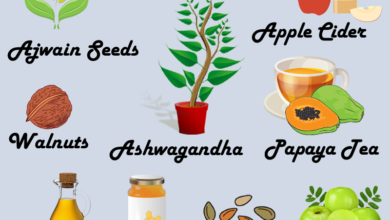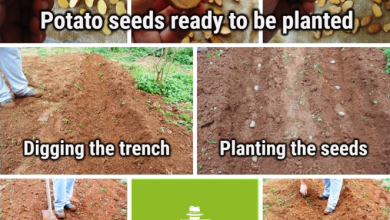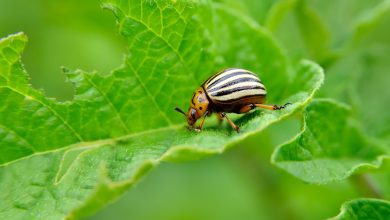Homemade Indoor Plant Fertilizer: Our Formula – Sembrar100

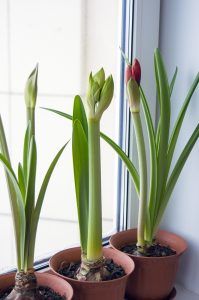 As with outdoor plants, indoor plants also need a dose of nutrients to be healthy.
As with outdoor plants, indoor plants also need a dose of nutrients to be healthy.
A good way to comply with this care is by taking advantage of homemade fertilizer alternatives that are so beneficial. Its value is oriented both to nourish the structure of the plants, and to improve the conditions of the substrate.
Here we leave you the 9 best homemade fertilizers for indoor plants. Take note and take advantage of the one that is most convenient for you, do you think?
Earthworm humus
It is a fertilizer that stands out for being completely organic and natural, which is why it is useful for indoor and outdoor plants. Thanks to the processing carried out by the worms of the organic matter, it is possible to obtain a material extremely rich in nutrients.
You can make worm castings at home using a container known as a vermicomposter. The idea is to incorporate soil, organic matter and worms and wait until they carry out the process.
Add a little of this product to the substrate of your indoor plants twice a year and you will have them beautiful.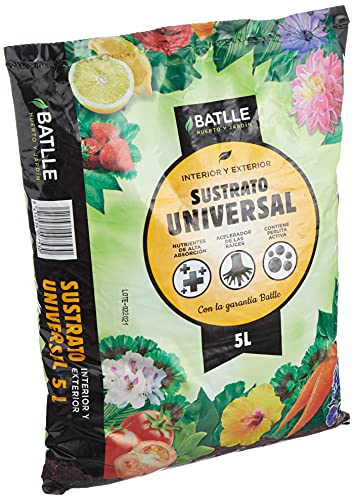
Coffee grounds
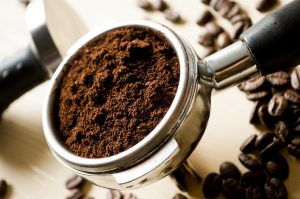 They are a resource with a high nitrogen content, so they are very useful for houseplants that tend to be ornamental.
They are a resource with a high nitrogen content, so they are very useful for houseplants that tend to be ornamental.
The grounds do not have to be processed or waited to be used, as is the case with humus. Just preparing the coffee and collecting the rest is enough.
You will spread this on the surface of the substrate trying to mix a little with the soil. Of course, take into account that the grounds tend to return the pH of the soil a little more acid, so you should carefully assess the type of plant with which you will use them.
Manure
It is one of the quintessential homemade fertilizers and it becomes a real advantage when you have appropriate animals that give you their waste. If you don’t have them, don’t worry because manure is also available for commercial sale in bags .
The important thing with this fertilizer is that you ensure that it is very well fermented and also take into account that it is rich in nitrogen. You can add it by spreading a layer on the surface of the substrate. You have to add little by little to avoid overfeeding the plants.
Eggshells
 Egg shells are very useful for providing calcium (Ca) to plants, being beneficial in the case of flowering plants.
Egg shells are very useful for providing calcium (Ca) to plants, being beneficial in the case of flowering plants.
In addition, they have the added potential of helping to repel certain insects, helping you keep the plant in optimal health.
The preparation only consists of letting the shells dry and then grinding them into a powder to expand on the top of the plants. It is a fertilizer that you will only have to apply at certain times due to the type of nutritional contribution it entails.
Compost
It is another of the classic homemade fertilizers, which is very easy to manufacture and does not generate any type of expense.To prepare it you must have a container that you can perforate on the lid with several holes to allow air circulation.
Then, you will place a thick layer of soil followed by organic remains that are left over from the kitchen such as shells, coffee grounds, tea bags, etc. Cover with a thinner layer of soil and lightly moisten the surface.
Every fifteen days remove all the content, from the bottom to the top so that the air penetrates and continues the decomposition. The process lasts about a month and in the end you should obtain a dark soil, without a bad smell, which you will use to fertilize your indoor plants.
banana tea
 For indoor plants that produce flowers and fruits, banana tea can be a great ally due to the contribution of potassium (K) that it represents.
For indoor plants that produce flowers and fruits, banana tea can be a great ally due to the contribution of potassium (K) that it represents.
The idea is to have the banana skins and boil them in a certain amount of water for about 15 minutes.
After this time, strain and wait until the banana infusion reaches room temperature and add to the plants as if it were an irrigation.You can use it several times during the flowering season of the plants.
Bone-meal
Indoor flowering plants will feel very pampered if you feed them with bone meal because it is a product rich in phosphorus (P).The base of the fertilizer are the bones of animals that go through a pulverizing process so that they are possible to work on the plants.
Unlike all the previous options, this will be a product that you will have to buy and use, spreading it evenly over the surface of the pot. Of course, take into account that its smell can be attractive to dogs, so it is not recommended when you have one inside the house.
Guano
It is the manure that comes from small farm animals, such as chickens. It is necessary to process this fertilizer so that the amount of nitrogen it has is reduced and it can be useful in the task of nourishing the plants.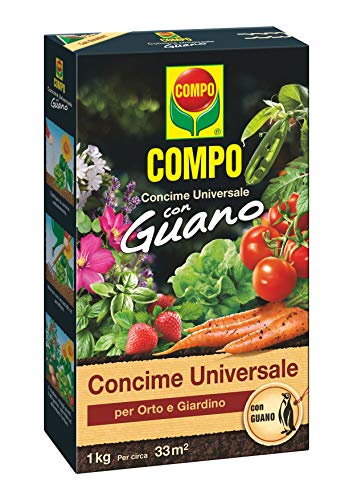
Apply it on the surface after processing (it can also be found in agricultural stores) and wait for it to take effect.
Apple cider vinegar
 It is an ideal option for those indoor plants that prefer soils with an acid pH.
It is an ideal option for those indoor plants that prefer soils with an acid pH.
In addition, it will hardly cause you any trouble because all you have to do is dilute a teaspoon of vinegar in a liter of water and water your plants on a daily basis.
Fertilizers for homemade indoor plants are very useful to strengthen their structures and motivate them to be healthy. Remember that indoor plants tend to be a little more delicate than outdoor ones because they are subject to different environmental conditions.
Keeping them at a good nutritional level is essential for their health and there is no need to overdo this, as doing so could do more harm than good.
Bibliographic references
- Manual for the development of urban gardens with home composting for residential complexes in Bogotá, CC Calderon Montenegro, LA Torres Granados – 2021 – Ciencia.lasalle.edu.co
- Let’s prepare the compost or organic fertilizer for the home garden , R Henao – 1983 – repository.sena.edu.co
- Technical considerations for the preparation of homemade foliar fertilizers, MO Aceves – Current Thought, 2019 – dialnet.unirioja.es
- Relevant factors for the cultivation of home gardens using biodegradable solid waste as a source of fertilizer, R Campos-Rodríguez, L Brenes-Peralta … – Revista Tecnología en …, 2016 – scielo.sa.cr
- Seedbed techniques and methods for the production of organic fertilizer, L Meléndez – 1996 – repository.catie.ac.cr
Maybe you are also interested in:
- How often and how to water my indoor plants?
- [10 Types] of Indoor Plants that Need Low Light
- [14 Types of Indoor Plants] to Have at Home
- Begonia Rex: [Cultivation, Substrate, Irrigation, Associations, Pests and Diseases]
- How to Fertilize Indoor Plants Step by Step – Sembrar100
- How to Transplant an Indoor Plant: [Complete Guide]
- Caring for Indoor Plants: [Pruning, Light, Substrate and Humidity]
- Indoor Plant Care: [Soil, Humidity, Pruning and Problems]
- Irrigation in Indoor Plants: [Basic and Complete Guide]
- The [15 Best] Durable and Hardy Houseplants
- List of [16] Indoor Plants that Bloom All Year
- List of [15 Indoor Plants Without Flower]: Examples and Care
- Indoor Planting to Decorate your House: Where to Buy? List
- Indoor Hanging Plants: [15 Examples + Care, Watering and Substrate]
- Plant and Grow Indoor Plants Like a Pro



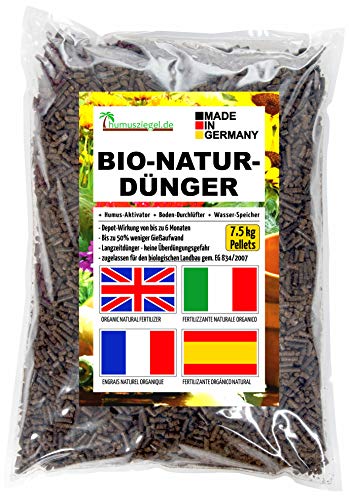

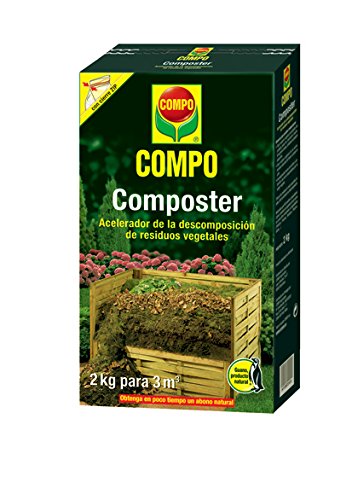

![Photo of Laurel Cuttings: [Grafts, Time, Rooting and Planting]](https://www.complete-gardening.com/wp-content/uploads/2022/08/laurel-cuttings-grafts-time-rooting-and-planting-390x220.jpg)
